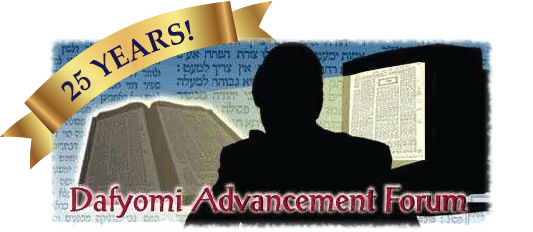Why does it mention "ha'Karmel"?
Rashi: A land in which all good was planted (Radak - a place of grain and fruit trees), like ha'Karmel, will be a Midbar.
Rashi citing a Midrash: "The mountains" are the Avos. "The hills" are the Imahos. Their merit ceased. "Ein Adam" refers to the merit of Moshe, about whom it says "Anav mi'Kol ha'Adam" (Bamidbar 12:3). "Ha'Karmel" refers to Eliyahu (who offered on Har ha'Karmel).
How will it be like a Midbar?
Malbim: All vegetation and grass will be missing.
Why does it mention cities after ha'Karmel?
Radak: The reason people dwell in the cities is the fields, vineyard and fruit trees (in ha'Karmel). Therefore, also [the cities] are included in 'Karmel'.
Malbim: After discussing vegetation, it discusses inanimate things that man changed.
What is the meaning of "Nitetzo"?
Radak: It is Nesutzah (destruction).
Radak citing Targum Yonasan: Tzadya (empty), like the Targum of Nitzesu (2:15, 9:9), which is Nitetzo with the letters reversed.
Why does it say "Mipnei Hashem"?
Malbim: It is not natural; it is Hashgachas Hashem, due to His anger.




